Patterns
Kits
sundries
knitting tools, buttons and notions, project bags and other pleasing little things
knitting tools, buttons and notions, project bags and other pleasing little things
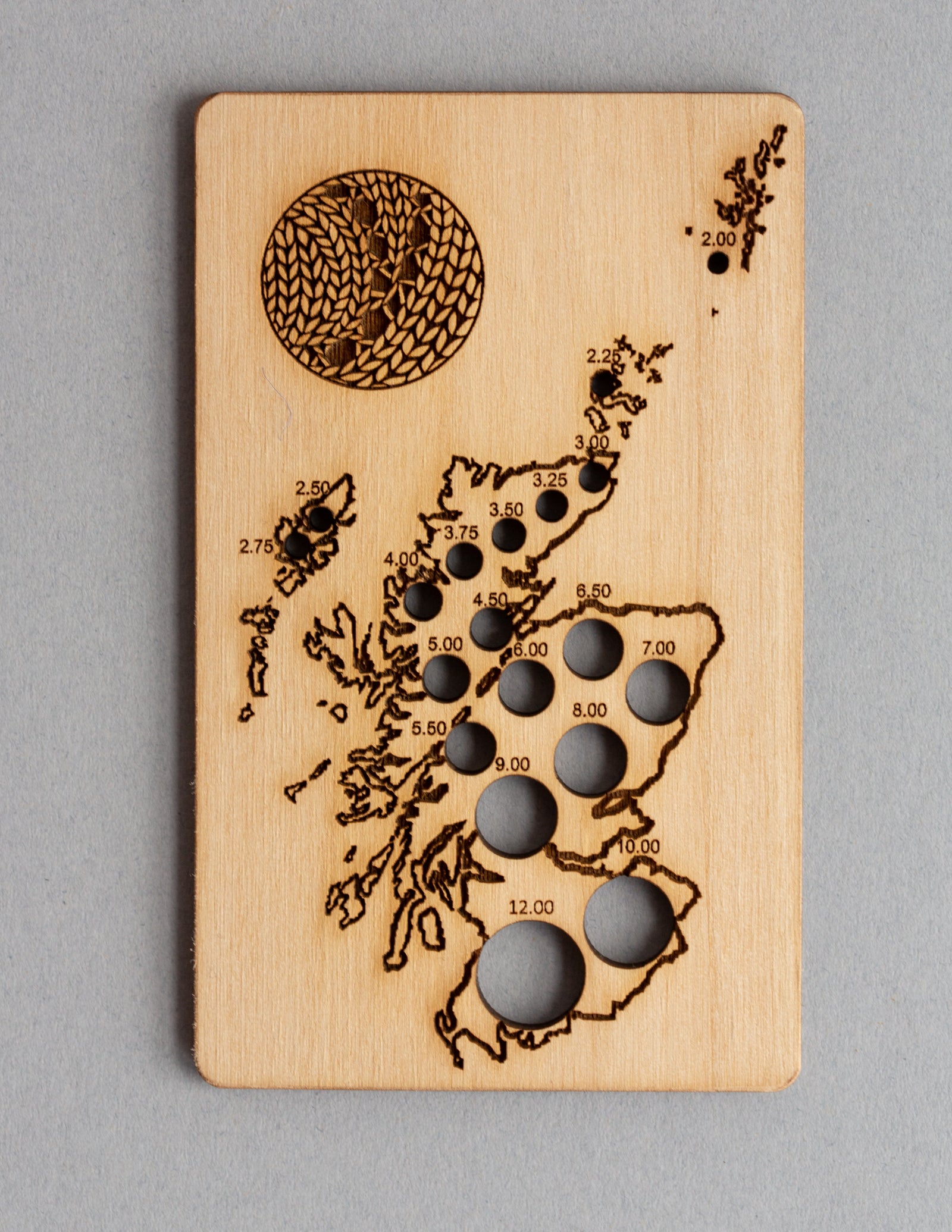
Exclusive Scotland needle gauge by Katrinkles
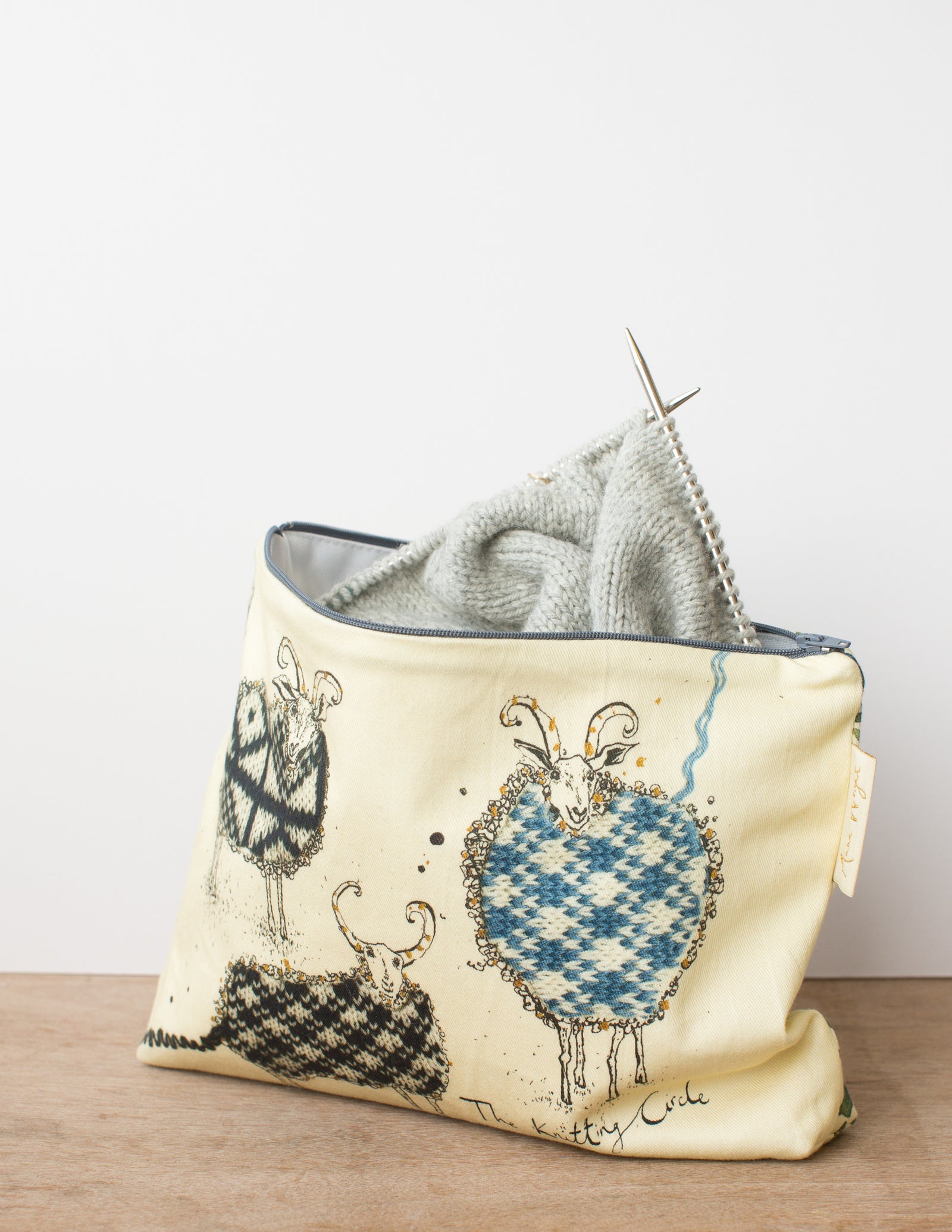
Zippered pouches in two sizes by our studio neighbour Anna Wright
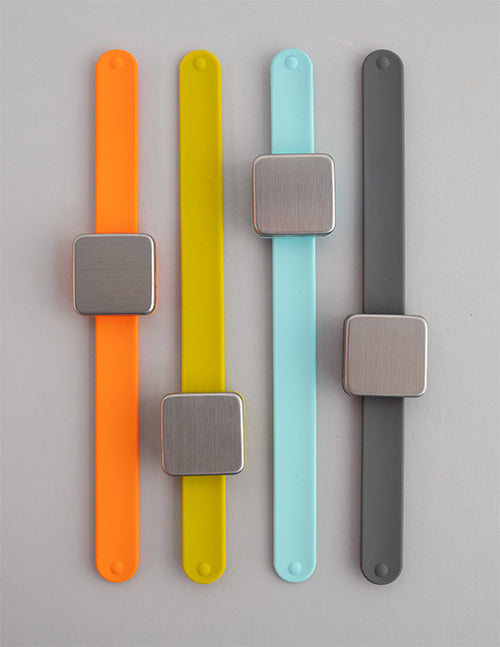
keep small tools accessible with the Maker's Keep
gift 2019
Subscribe to our Colourwork Club for a gift that lasts well into the new year. Your recipient will receive a new colourwork kit in Janurary, February and March
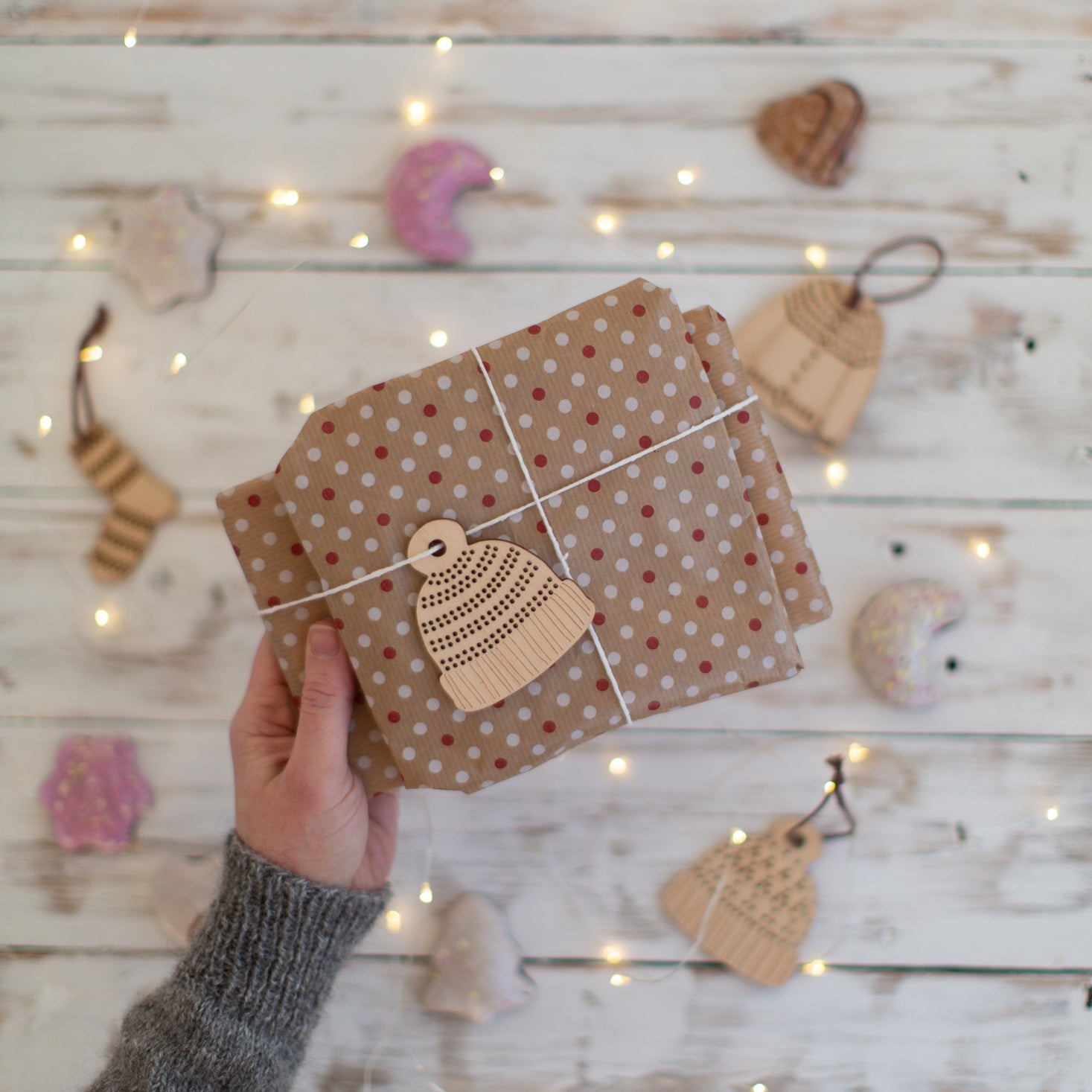
Subscribe to our Colourwork Club for a gift that lasts well into the new year. Your recipient will receive a new colourwork kit in Janurary, February and March
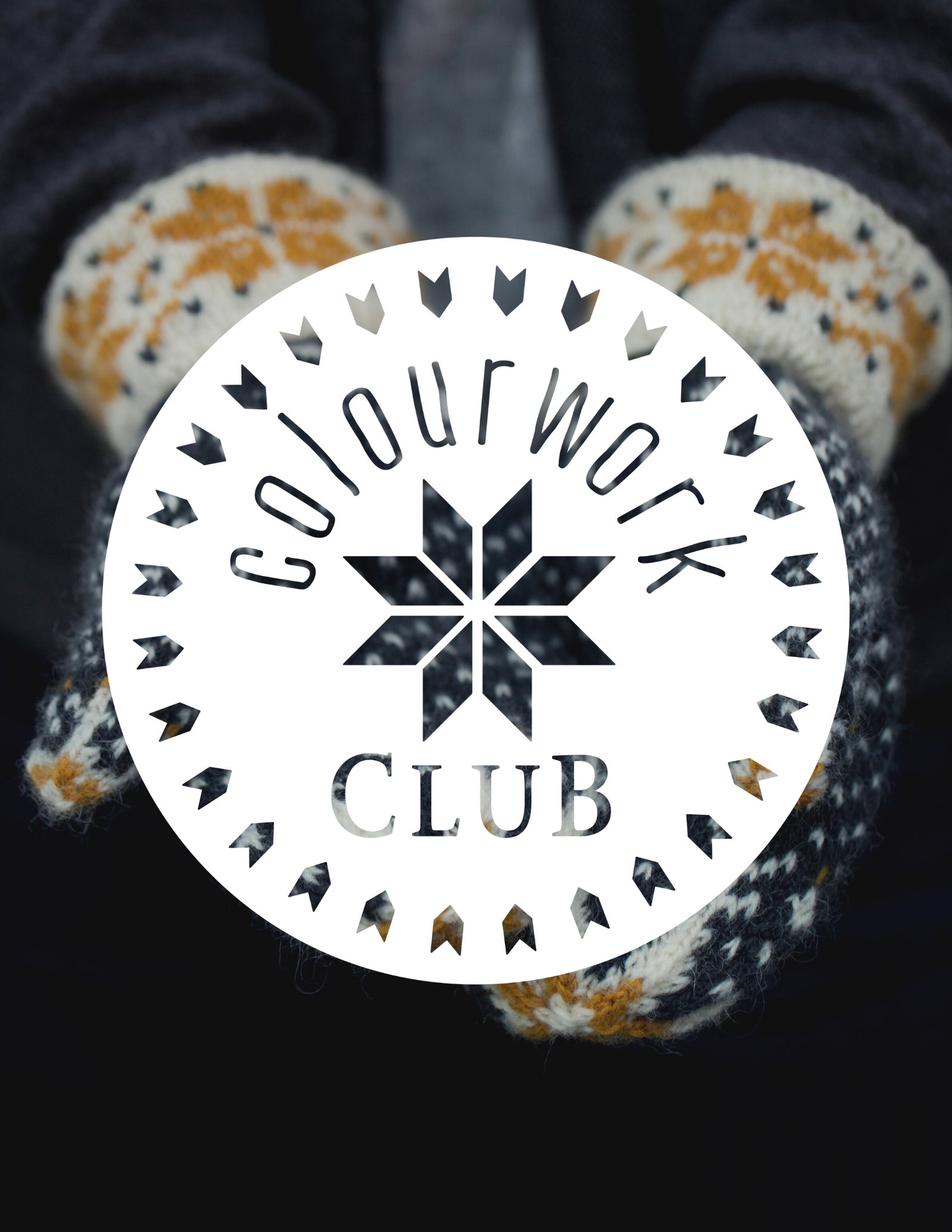
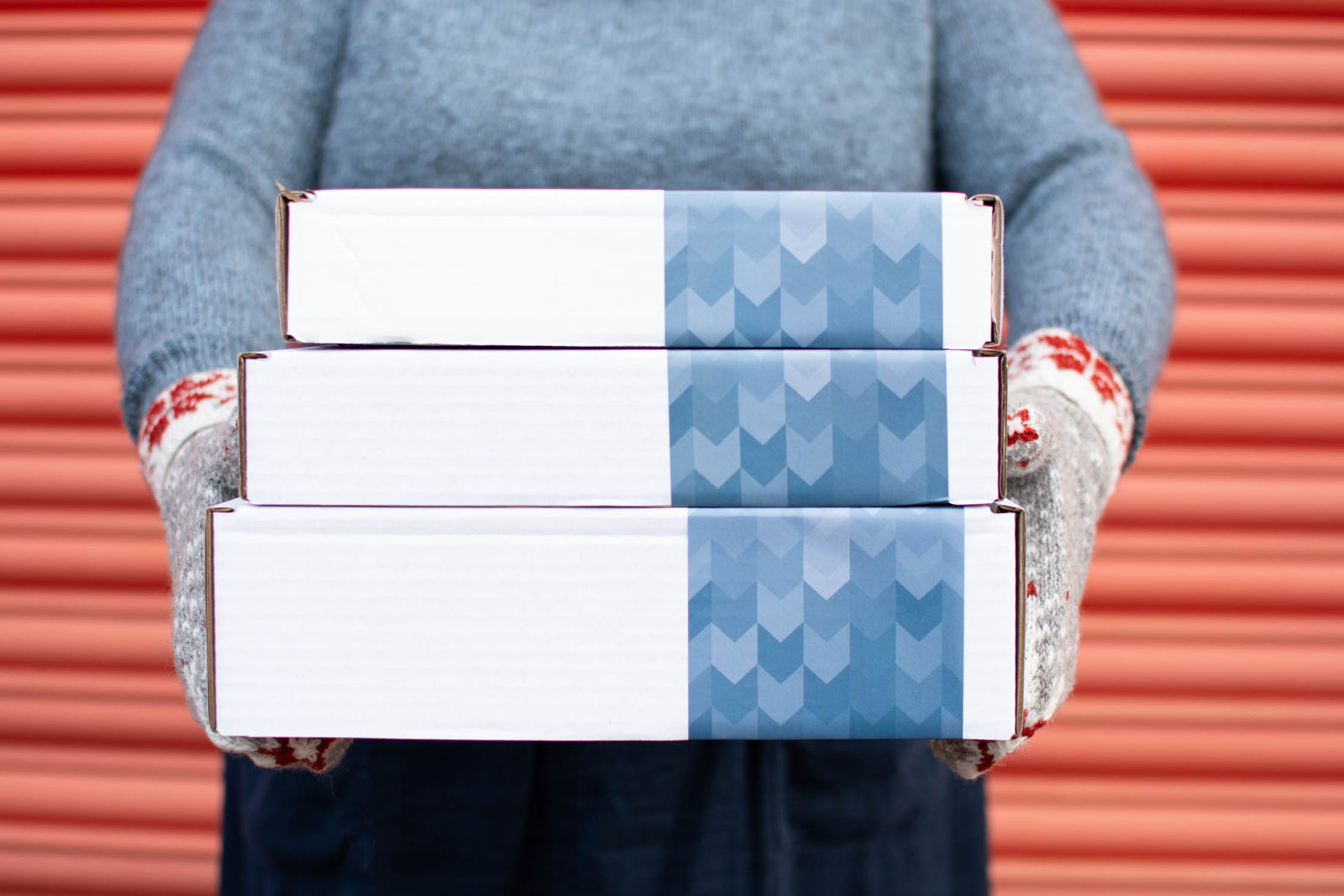
Last minute shopping? Gift cards are delivered electronically - forward the email or print it for your recipient. A range of amounts are available and gift cards don't expire.

Crochet steeks on Cruden
January 21, 2016
Over Christmas and New Year I took some time off and didn’t want to work on calculating a new pattern, but I did want to knit, so I started a second Cruden. I got most of the knitting done during my break but it’s been sitting in a corner waiting for the attention that steek finishing requires for a few weeks. Even though I love seaming most of my garment patterns are seamless — it’s just so hard for me to get around to the finishing!
Before the steeks are cut open the vest is a rather odd shape and it can be hard to visualise how everything will fit together.

The extended fronts allow the pattern repeat to be completed and the shoulders to be joined on a single colour row. No one wants to kitchener stitch in two colours if they don’t have to. I usually wear vests with a collared shirt, which can be uncomfortable if the back neck is too high and bunches up beneath the collar. This construction is a really simple way to drop the back neck below the centre line of the shoulder without purled colourwork rows or short row shaping. I find the colourwork is malleable enough that the back neck is sufficiently curved without decreases.
Set-up
There are several different steeking methods, combining different set-ups during the knitting with different finishing techniques. They all create a bridge of extra yarn between the separate areas of the garment, either by working extra stitches or wrapping the yarn around the needle. In a garment like Cruden where the steeks begin part way up the garment stitches are bound off for the base of the opening and, on the following round, the bridge is added in.
On Cruden that bridge is (mostly) 5 stitches wide. I find that gives plenty of security when picking up stitches for the neck and armhole bands without adding too much bulk. Knitted steeks can be worked in any pattern that alternates both colours on patterned rounds and colour transitions should be kept away from the centre of the steek.
I like working the steek in vertical stripes because they make it really clear where to crochet and where to cut.

In a sticky yarn like this Jamieson and Smith Shetland it is absolutely possible to just cut the steek open. If you’re especially daring or plan to cover the raw, turned under, edge with a ribbon or facing you can go ahead and just cut up the centre of the stitch in the middle of the steek. Personally, I like the finished edge and extra peace of mind that securing the ends with crochet before cutting gives.
If your yarn is superwash, a plant fibre, or otherwise likely to slip out of crochet your best option is a (machine or hand) sewn steek which is usually worked on an even number of stitches.
Weave in all the ends except the tails attached to the still live stitches before beginning. Weave them in away from the steek stitches.

It can be helpful to think of the steek stitches numbered like this. The crochet will join each leg of stitch 3 to the stitches on either side of it — 2 and 4. Beginning at the bottom a row of slip stitch crochet will be worked to join 3 and 4 before turning the work and crocheting a second row back down to join 3 and 2.


Crochet
If you aren’t familiar with crochet you might want to practise making a simple chain to get comfortable handling the hook and yarn before beginning.
Hook and yarn
Any hook size that is easy to insert under the stitches and pull yarn through should work but I usually start with a size smaller than the needle size I used for the knitting. If you have access to different hook shapes the pointier style is definitely easier.
For fingering / 4ply / jumper weight projects leftover yarn from the project should be fine but for a chunkier project you can use a lighter weight yarn for the crochet to reduce bulk. Either way you want a nice grabby wool here too. You might just be able to make out that I did the first steek in one of the dominant pattern colours and then switched to the orange so you could see them better. For your first steek choosing a contrasting colour makes the cutting easier — the riskiest part is accidentally cutting the crochet stitches.

With the work turned so the top of the garment is to the left (or the right if you crochet from left to right) insert the hook through the centre of stitch 4 and back up through the centre of stitch 3. Wrap the yarn and draw it through both loops. Insert the hook under the same two legs on the row above, wrap the yarn and draw through all 3 loops on the hook. I do this in two motions, first through the legs and then through the previous crochet stitch. Continue in this way until you reach the bound off stitches at the top.




Break the yarn, leaving a tail to weave in, and draw through the last stitch on the hook. Pull up tightly to fasten off.

Here’s a quick video so you can see how I work the crochet in action:
For the second column rotate the work so the top is at the right. Join the other leg of the stitch you just crocheted into (stitch 3) to the stitch that’s now below it (stitch 2).


When you’re done the crochet will form a ridge with each row of crochet stitches leaning away from the centre. Repeat for the other steeks.
The joined front steeks on Cruden
Where the two front armholes come together after the back is finished on Cruden they form a 6 stitch wide steek made up of 3 stitches from each side. The crochet is worked in a continuous line up the same stitches.

This means that the two rows of crochet are worked into adjacent stitches, rather than a single centre stitch. You can see why I switched to the orange — you can barely see that there’s a row of brown crochet on the right.

The fun part — cutting

Take a deep breath (or a nip of whiskey!) and spread the rows of crochet apart. You’ll see a ladder of the centre stitch yarn and the stranding behind it.

With the smallest, sharpest scissors you can find carefully cut through this ladder between the two rows of crochet.

Slip stitch or single (UK double) crochet?
Single crochet can make it easier to see where to cut because the crochet is more prominent. The downside is that it makes for a bulkier finished edge. It’s entirely up to you which you prefer.
Ready to earn your steeking badge? It’s really not that scary, I promise, and there’s no more badass knitting skill!
Also in Journal
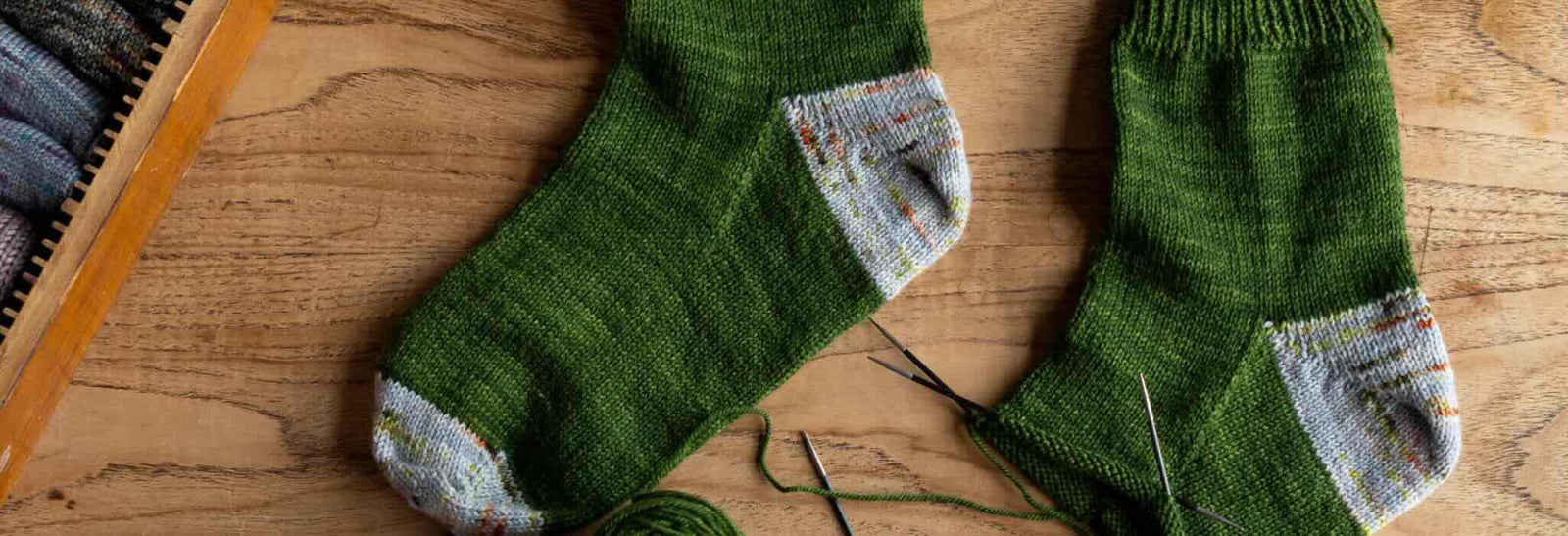
Deep Shadow Heel Tutorial
September 25, 2025
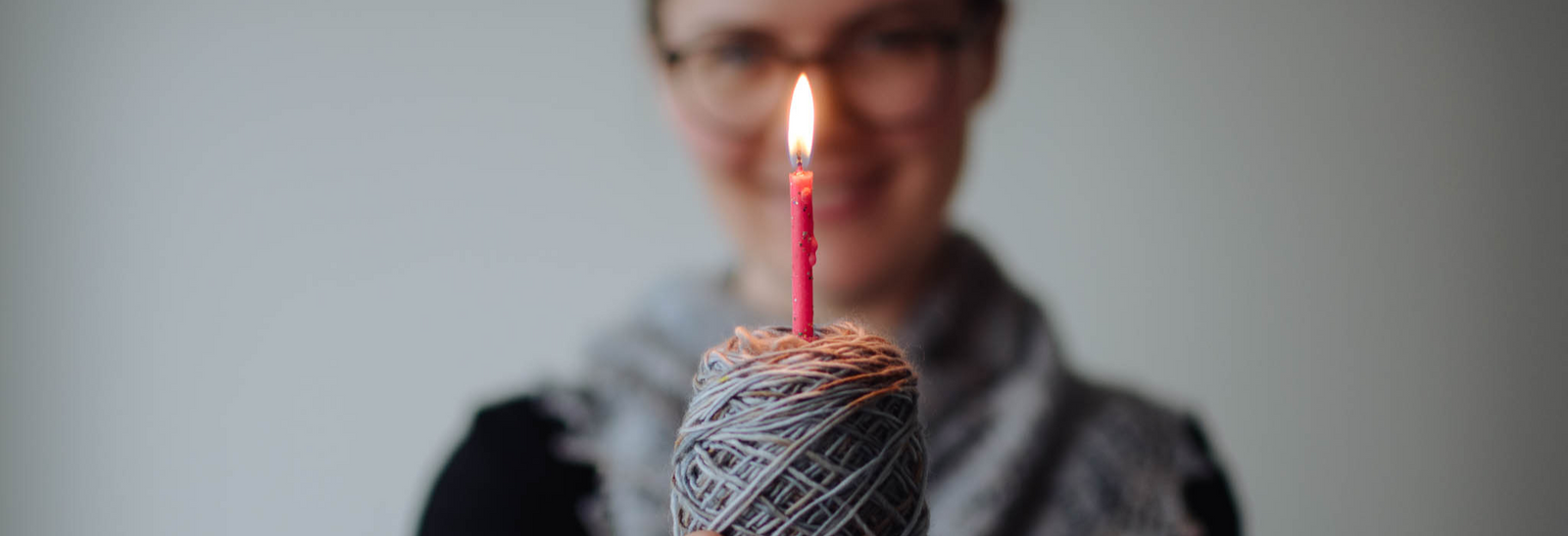
20 Years of Ysolda Knitting Patterns: Part 2
June 23, 2025
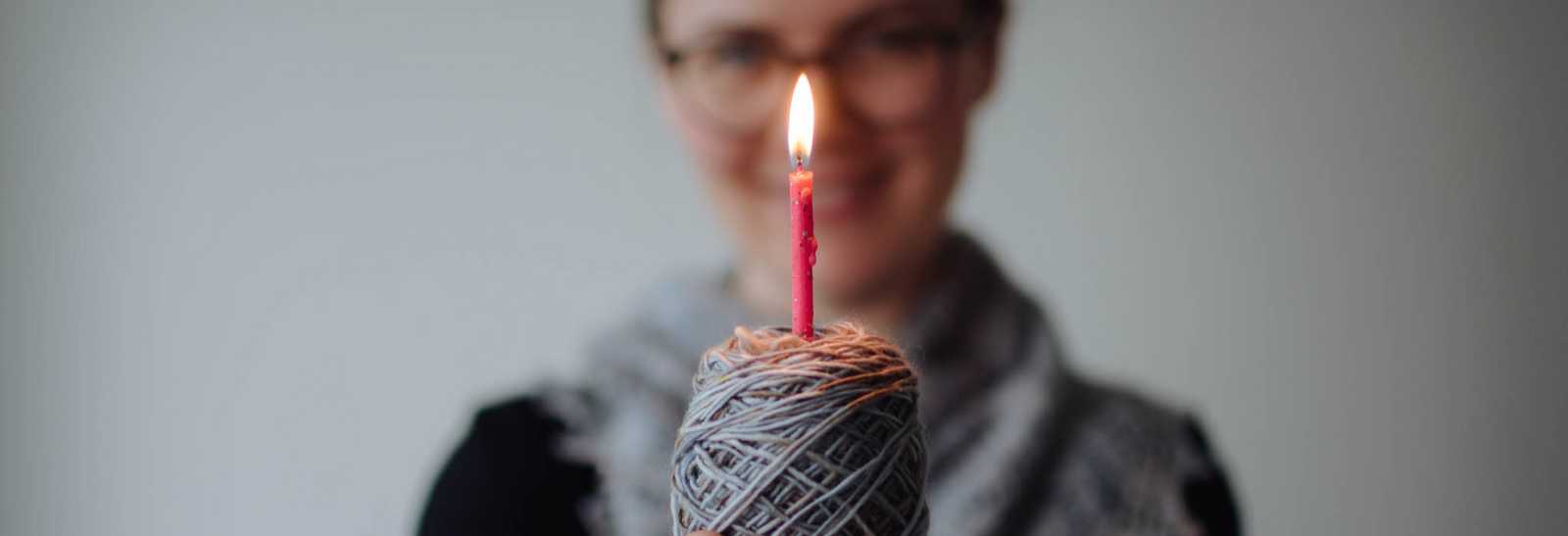
20 Years of Ysolda Knitting Patterns: Part 1
June 19, 2025
Recent Articles
-
Deep Shadow Heel Tutorial
September 25, 2025
-
20 Years of Ysolda Knitting Patterns: Part 2
June 23, 2025
-
20 Years of Ysolda Knitting Patterns: Part 1
June 19, 2025
-
Learn to Knit: Mattress Stitch
March 29, 2023
-
How to Knit a Scarf: A Beginners Guide to Scarf Knitting
March 23, 2023
-
Learn to knit: the long tail cast-on
February 03, 2022
-
How to Graft Your Knitting
December 09, 2021
-
Crochet Provisional Cast-on
December 02, 2021
-
Learn to knit: How to knit in the round with double pointed needles
November 25, 2021
-
Learn to knit: How to knit in the round using the magic loop technique
November 25, 2021
Free resources
-
KALS, step-by-step pattern guides and free patterns
Learn brioche with the free Daniel's Hat pattern
Tombreck - a free chevron beanie pattern
Working the brioche neck detail on the Polwarth sweater
Installing a zipper and ribbon, finishing wee Carson
Yarn colour ideas for Threipmuir sweater
Additional colourways for the Joy mitts (choose your pride flag)
How to join the shoulders on Wardie
How to join the pockets on Granton and Wardie
Finishing Resources for Granton
Broughton mittens tutorial part 1
Broughton mittens tutorial part 2
Broughton mittens tutorial part 3
Basics
Casting on
Decorative Channel Island Cast-on
Binding off
3 Easy Stretchy Bind-offs (p2tog bind-off; k2togtbl, k1 bind-off; Jeny's surprisingly stretchy bind-off)
Tubular Bind-off for brioche stitch
Increasing
Paired increase methods compared
How to continue in pattern while increasing and decreasing
Decreasing
Brioche stitch double decreases
Knitting in the round
How to Knit in the round using Magic Loop
How to Knit in the round using DPNs
Short rows
Swatching and gauge
Tips and tricks
Avoiding ears when binding off
Tighter purl stitches for neater cables and ribbing
Cabling without a cable needle
How to knit more symmetrical yarn overs
Bust darts in sweaters with all over stitch patterns
A magic formula for evenly distributing shaping
Superwash v Non-Superwash Wool
Picking up sts from the middle of the fabric
Reading knitting patterns
Understanding "continue in pattern"
Help! Where am I in my knitting project?
Using charts, even if you hate them
Finishing
Garment knitting
Joining the body and sleeves on a seamless bottom up sweater
Sizing
Ysolda’s sizing chart for knitwear designers
Inclusive garment knitting
How to pick a garment without a model for you (specifically addresses finding garment patterns when your gender identity isn't represented and the styles you want to knit might not be sized to fit your body)
How does ease affect inclusive size ranges?
Specific stitch patterns
Lace
Identifying and fixing mistakes in lace knitting
Colourwork
Getting started with stranded colourwork
Understanding colour dominance
Working stranded colourwork over small circumferences
Decreases in stranded colourwork
Holding the yarn for stranded colourwork
Ladderback Jacquard (a neat way to deal with long floats)
Cables
Cabling without a cable needle
Cabling without a cable needle on the wrong side
How to knit cabled decreases
Closed ring cable increases and decreasesBrioche
How to work brioche stitch in the round
Other crafts
Cross stitch
How to begin your first large cross stitch project
How to finish a cross stitch project with an embroidery hoop frame
Mending

Sign up today
Find out the latest news from the studio such as sales, pattern releases, and new workshops or KALs our learning community, The Knitwork. We also share helpful tips and exclusive subscriber discounts...



